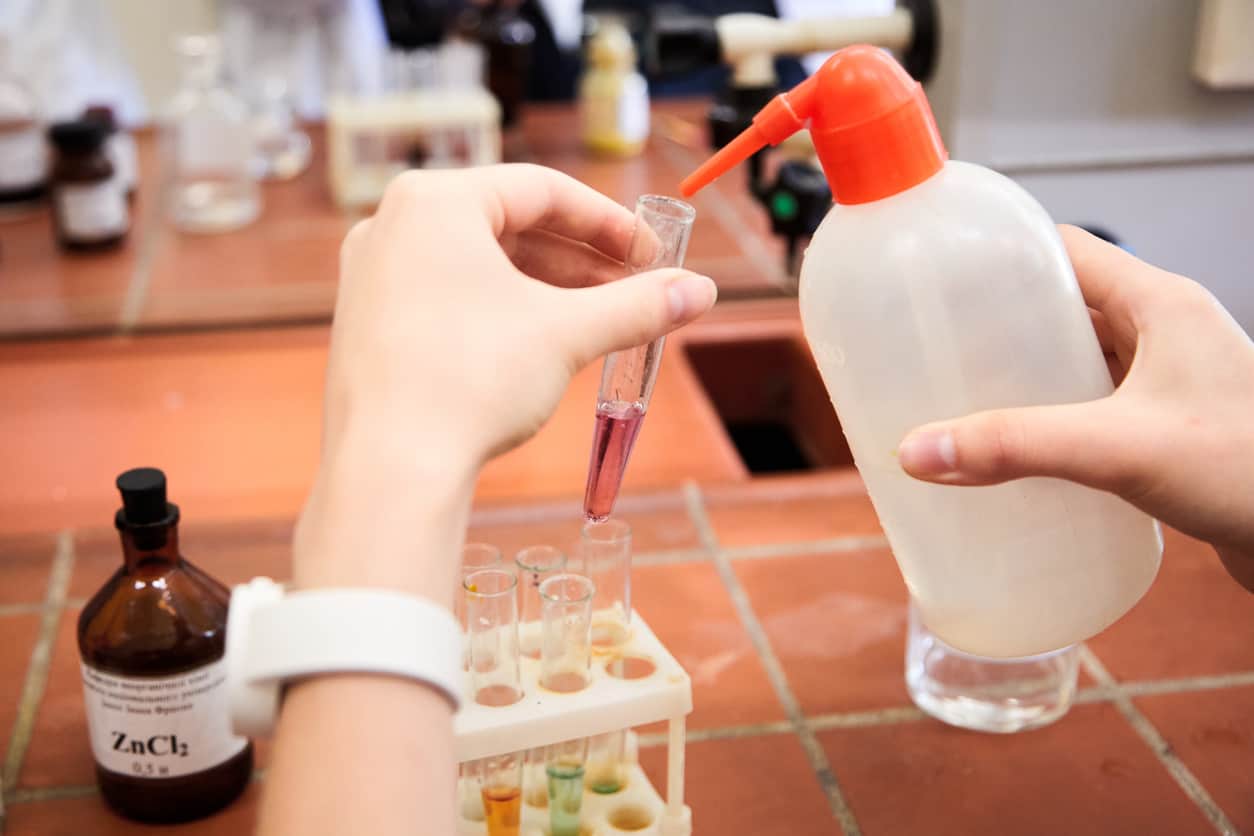Innovative Science Fair Projects

Few middle school events each year are as important as the science fair. This is especially true for students interested in STEM subjects. Many ideas and topics exist, depending on the student’s particular set of interests. The amount of money and time required for each one should also be taken into consideration. After scouring the internet, here are some of the more innovative science fair projects – in a variety of prices – as well as links to more categories and information.
Less expensive
Does filtration matter?
Water filtration companies tell us their filters are the best. These are supposed to make water cleaner, safer and taste better. This experiment allows you to understand what filters do and determine if they’re effective. Activated carbon, the actual filtration material, comes in a variety of forms. What type is best? Investigate and find out for yourself.
How important is color when it comes to absorption?
Wearing particular colors during different seasons isn’t just a fashion statement. Light-colored outfits in summer and dark-colored coats in the fall just feel better. But does one actually make you feel cooler and the other nice and warm? Or are we imagining it? This innovative science fair project helps you determine how much heat is absorbed with different color clothes.
How can you tell if a fruit or vegetable is ripe?
Ask any experienced shopper and the criteria for “ripe” depends on the fruit or vegetable. For some, the size or color matters. For others, it’s how firm they feel. Isn’t there a more scientific way to tell? Perhaps – and this is one of those science fair ideas that just might do it.
What is the best breakfast cereal for iron-deficient eaters?
Many cereals boast that they are the best choice for those in need of iron-enrichment. You can actually create a way to tell for sure. You’ll pick a few different brands, conduct an experiment and determine which one has the highest in iron supplements.
Medium cost science fair projects
How much sugar is in your food?
Most people know the dangers of sugar. As a result, many try to cut back on sugar in their diet. There are different kinds of sugar and different ways to do that. Glucose is the kind found in fruits. This science project allows students to test the amount of glucose in food to know what to add to a healthy diet – and what to take away.
Do disinfectants get rid of germs?
Especially in this day and age, many people are worried about germs. We are cleaning our homes, cars, offices and clothes in an attempt to get rid of bacteria or viruses. Do disinfectants help? This experiment aims to find out.
Can you replicate an artificial pancreas to help diabetes patients?
Diabetics inject themselves – sometimes many times throughout the day to check sugar levels. They also administer insulin shots when needed. Some patients have service dogs to alert them to dangerous levels while they’re sleeping. This can also be, of course, quite expensive depending on insurance plans. Wouldn’t it be great to have an artificial pancreas to adjust a patient’s blood sugar levels as needed and automatically? Future scientists can build a circuit similar to an artificial pancreas. See firsthand how sugar levels in the blood are determined.
What about alternative energy powered by people?
Countries, environmentalists and even corporations are looking for alternative, and renewal, sources of energy. Most of this is focused on solar, wind and rain power. What about humans? We can generate some electricity. Maybe there are ways to harness human energy through exercise. It’s a healthy idea for both people and the planet. If some innovative science fair projects can show us how, why not give it a try?
Expensive
Do you get more vitamin C from juice or from the orange?
One of the main reasons families include orange juice with breakfast is vitamin C. We’re told it’s a reliable source for this important vitamin. Compare the amount of vitamin C in any combination of the following: homemade, frozen concentrate and premium brands. Then compare with the amount found in a regular orange. Determine the best way to get this vitamin for your breakfast from now on.
Can you build a robot?
There are lots of ways to build a robot for science fair projects. In this particular example, you will build a robot that follows a beam of light similar to the way a domestic cat does it. Students construct an AI unit to automatically drive itself toward a source of bright light. This is a great beginner’s project since no computer programming is required. It also allows you to try a host of different tasks to show a variety of functions.
Can we grow plants that resist toxins, leading to a healthier planet?
Anyone who’s tried to start a garden or plant flowers in their yard understands this is not always easy. Some plants need lots of sunlight, others thrive in darker shadows. In general though, plants tend to adapt to their environment. Plants that tolerate chemicals, rather than die from exposure to them, would be very helpful toward creating a healthier planet. Try this science fair project and study whether different varieties of the same plant are more resistant to toxins.
What are you made of?
Where did your ancestors originate from? Have you ever heard stories about your relatives before they came to America? Who were they? You can be the guinea pig in this particular science fair project. Or test parents and older relatives. After sending in a swab specimen from inside the mouth, a lab will send back the results in just a few weeks. You’ll study the origin of your family, migration patterns and other living relatives, too! It can be an exciting discovery for the whole family.
Science fairs are a right of passage for lots of students. This is especially true for students who thrive in a STEM environment and want to pursue more of it. Try any of these innovative science fair projects or make up your own. Either way, be sure to enjoy what you learn.



0 Comments